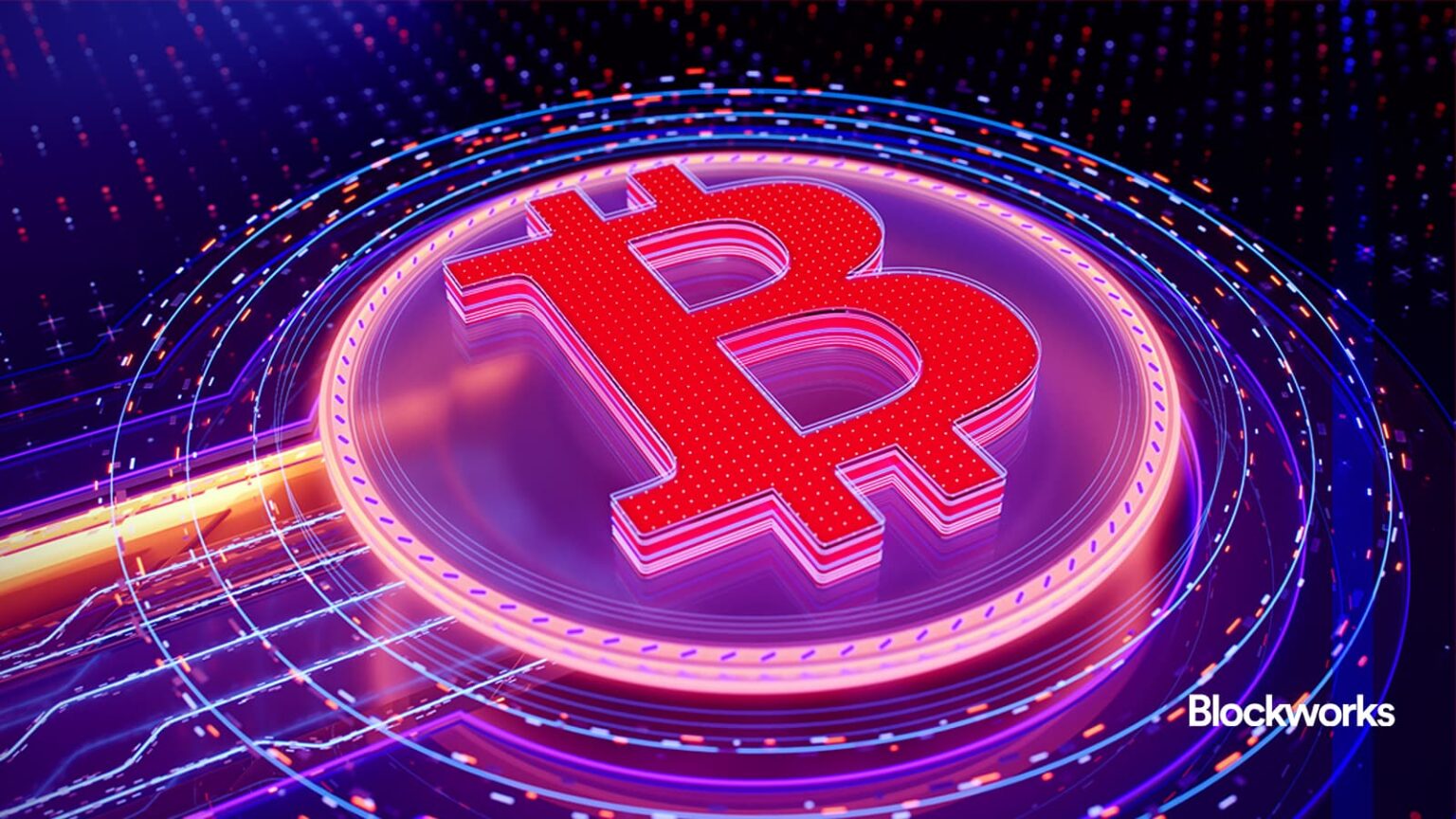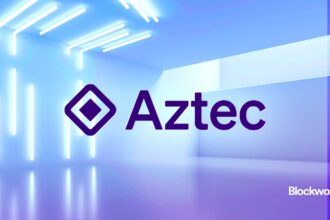Bitcoin Security: Securing the Chain and Standardness Rules
Bitcoin miners collectively earn over $1.2 billion monthly to secure the network. Their primary contribution is providing the computational power, or hash rate, required to process transactions and validate blocks.
But precisely what is being secured?
Essentially, the honest hashing power prevents malicious actors from creating and broadcasting an arbitrarily long alternative blockchain (a “longest chain”) aiming to replace the currently recognized main chain.
Miners also play a crucial role alongside full node operators in protecting the network against non-standard transactions. This is governed by standardness rules, implemented by the Bitcoin Core software within full nodes. Miners can only select transactions that their operated full nodes have previously validated.
The key question becomes: how do those full nodes determine transaction validity? This enforcement mechanism is embodied in Bitcoin Core’s relay code. This code dictates the standardness rules, effectively determining whether a transaction ever enters a miner’s memory pool (mempool) in the first place.
The standardness rules, or policy rules, fortify Bitcoin security through a different mechanism. They fundamentally define what constitutes valid activity on the network and what does not. These rules are a frequent subject of debate within the developer community.
On This Day: Ordinals Take Bitcoin
More recently, the focus has been on the change to Bitcoin Core’s policy rules, specifically the removal of a rule that capped the size of OP_RETURN outputs. This limit constrained the amount of arbitrary data that could be incorporated into individual transactions.
Two years ago, on May 7, 2023, Bitcoin faced a different challenge: the rapid emergence and burgeoning popularity of the Ordinals protocol. This system utilizes four opcodes introduced under the Taproot upgrade.
That day saw transaction delays with over 425,000 waitlisted transactions in the Bitcoin mempool, based on Jochen Hoenicke’s full node measurements, surpassing the previous high of nearly 262,000 transactions observed during the bull market peak in December 2017. Average transaction fees uncontrollably surged to over $31, significantly higher than just two days prior ($2).
Ordinals enabled users to inscribe files up to nearly 4MB (comparable to an entire Bitcoin block) directly onto the Bitcoin blockchain without utilizing OP_RETURN, bypassing its 80-byte restriction. These inscriptions spanned various data types, including images, videos, audio, and even video games. Consequently, Bitcoin functioned to some extent as a content storage network, creating tokenized non-financial data tradeable peer-to-peer—repurposing the kind of utility previously exclusive to virtual machine-based chains like Ethereum or Solana.
While Ordinals activity has subsided from its peak, it occurs intermittently. Lifting the 80-byte limit on OP_RETURN signifies Bitcoin Core developers’ attempt to mitigate potential network-resource-draining workarounds that might otherwise emerge.
“The change re-affirms that Bitcoin is governed by transparent, minimal rules rather than editorial preference,” Blockstream engineer Gregory Sanders noted. “By retiring a deterrent that no longer deters, Bitcoin Core keeps the policy surface streamlined and lets the fee market arbitrate competing demands.”
These occurrences highlight that Bitcoin is not sentient, yet it evolves. Whereas conceivable biological entities are guided by their DNA code, Bitcoin’s “blind watchmaker” is arguably the collective dedication of its developers, even amidst disagreements prevalent through the varied willingness of miners, nodes, and users to implement changes.
Summarizing Sanders’ perspective: “Dissenting parties remain free to modify their software, run stricter policies, or propose new resource limits should empirical evidence of harm arise.”












